Supercharged by the Humboldt (Peru) Current and powerful upwelling, Peru’s Pacific shoreline is one of South America’s richest marine corridors. Nutrient-dense waters feed vast schools of fish, which in turn attract seabirds, sea turtles, and whales. Below is a handy, copy-ready guide to the most emblematic species you’ll encounter along this coast—what they look like, where they occur, and what they eat.
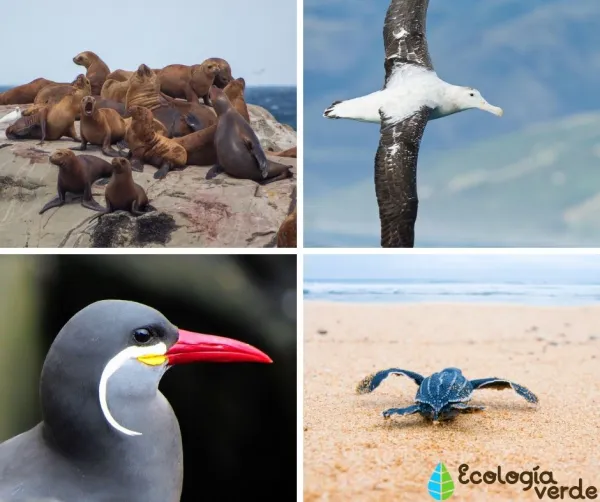
ID highlights: Up to 12+ m long and ~36 t; very long pectoral flippers with knobby leading edges.
Behavior: Spectacular breaches and tail slaps; repeated surfacings for air near shore during migration/feeding.
Diet: Small schooling fish and krill; cooperative feeding is common.
Where to look: Nearshore waters and shelf edges where upwelling is strongest; seasonally approaches beaches and headlands.
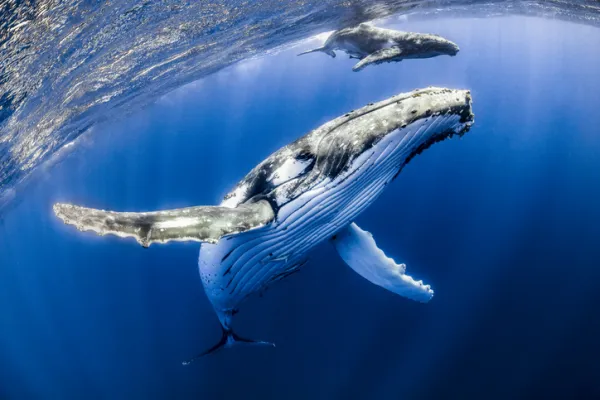
ID highlights: Males carry a thick mane (brown-reddish), much larger than females (≈300 kg vs. ~140 kg).
Social life: Colonial—haul out in groups on rocks, islets, and piers.
Diet: Diverse fishes, cephalopods (squid, octopus), and crustaceans.
Where to look: Rocky coasts, sea caves, offshore stacks, and harbor structures.
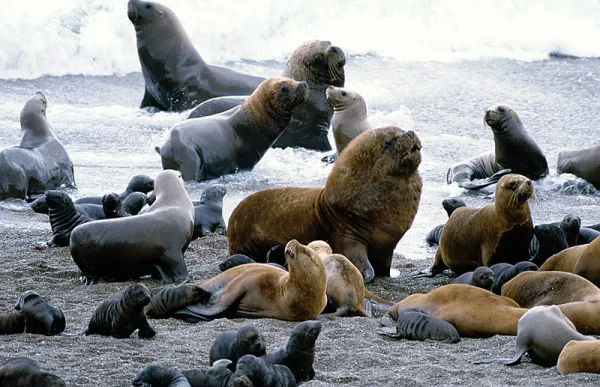
ID highlights: The largest living sea turtle (to 2 m), with a leathery carapace rather than hard scutes.
Ecology: A classic gigantotherm—large body size and blood-flow control help stabilize body temperature.
Diet: Prefers jellyfish and other gelatinous zooplankton.
Where to look: Offshore and nearshore; females come ashore on suitable beaches to nest.
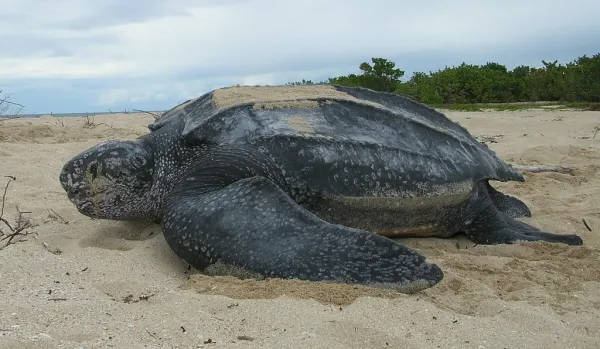
Status: A flagship Peruvian endemic tied to the cold Humboldt Current.
ID highlights: Black-and-white plumage with a band across the chest; compact, streamlined swimmer.
Diet: Small pelagic fishes and small squid concentrated by upwelling.
Where to look: Rocky shores, sea caves, and cliffy islands.
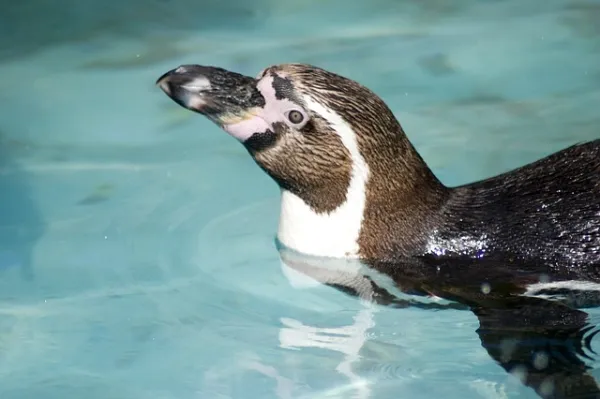
Why they wow: Hold the record for wing span among birds; use wind for dynamic soaring over offshore waters.
Regular offshore species:
Wandering Albatross Diomedea exulans
Salvin’s Albatross Thalassarche salvini
Sooty Albatross Phoebetria fusca
Diet: Surface-foraging on fish and squid; also scavenge.
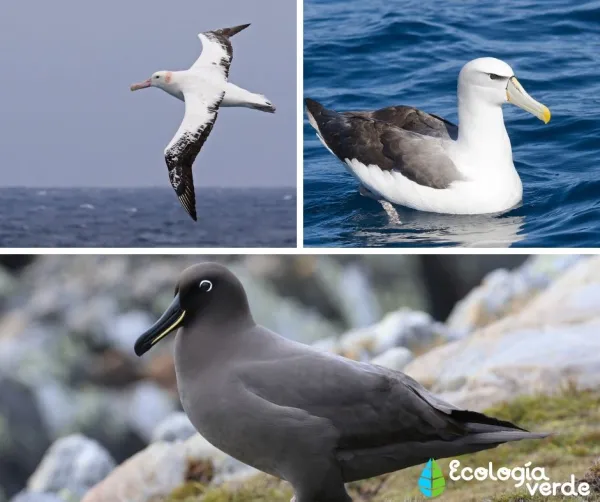
ID highlights: Peru–Chile near-endemic; slate-gray body, red bill and feet, yellow facial patch, and a crisp white “moustache.”
Where to look: Sea cliffs, crevices, and bird islands; forages over nearshore schools of fish.
Behavior: Often mingles with larger seabird flocks; numbers track wind and upwelling strength.
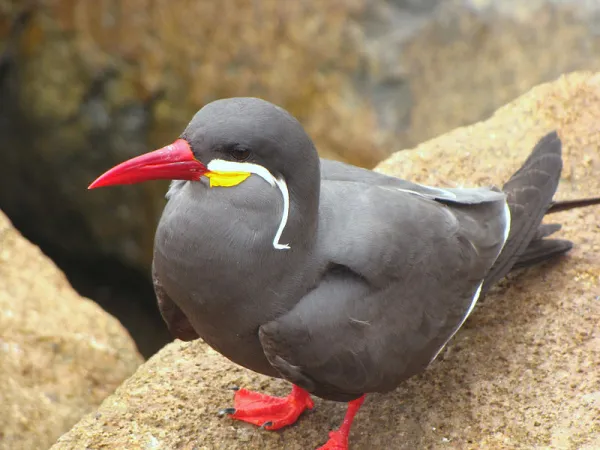
False Killer Whale Pseudorca crassidens
Pygmy Killer Whale Feresa attenuata
Pacific White-sided Dolphin Lagenorhynchus obliquidens
Bottlenose Dolphin Tursiops truncatus
Pantropical Spotted Dolphin Stenella attenuata
Melon-headed Whale Peponocephala electra
Risso’s Dolphin Grampus griseus
Pygmy Sperm Whale Kogia breviceps
Burmeister’s Porpoise Phocoena spinipinnis
Cuvier’s Beaked Whale Ziphius cavirostris
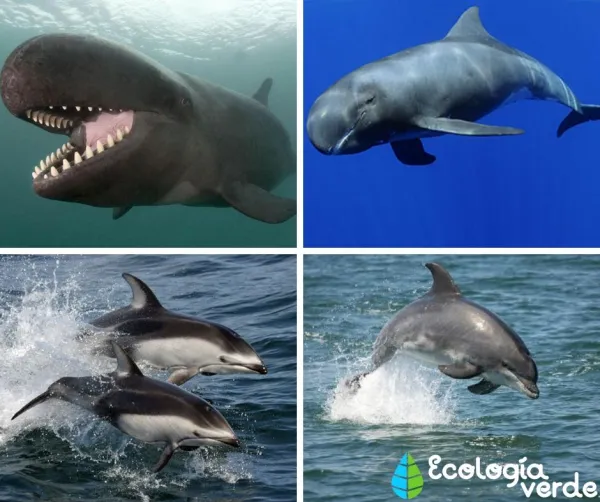
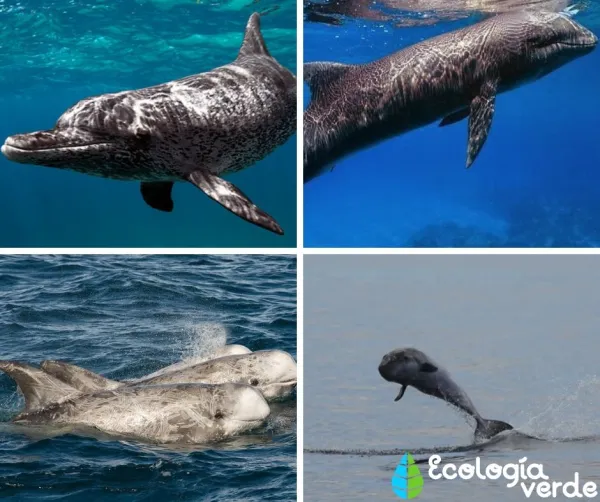
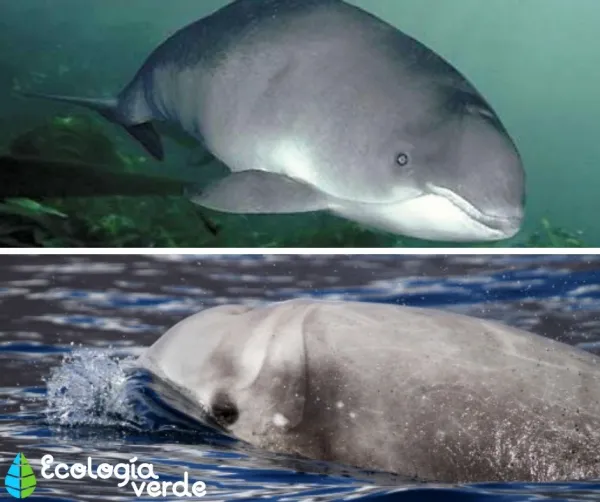
Peruvian Pelican Pelecanus thagus
Guanay Cormorant Leucocarbo bougainvillii
Peruvian Booby Sula variegata
Blackish Oystercatcher Haematopus ater
Kelp Gull Larus dominicanus
Snowy Egret Egretta thula
Great Frigatebird Fregata minor
Magnificent Frigatebird Fregata magnificens
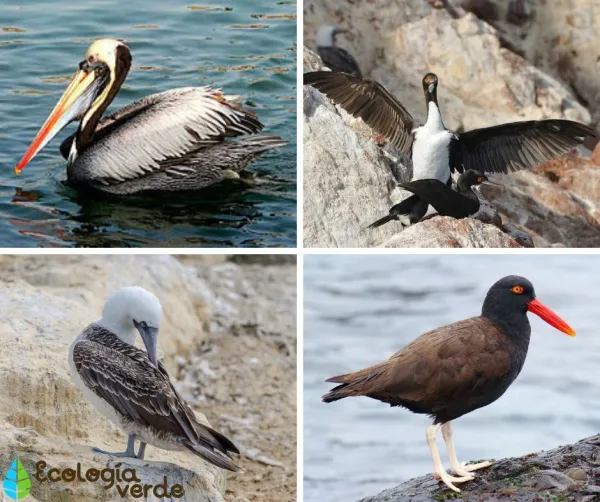
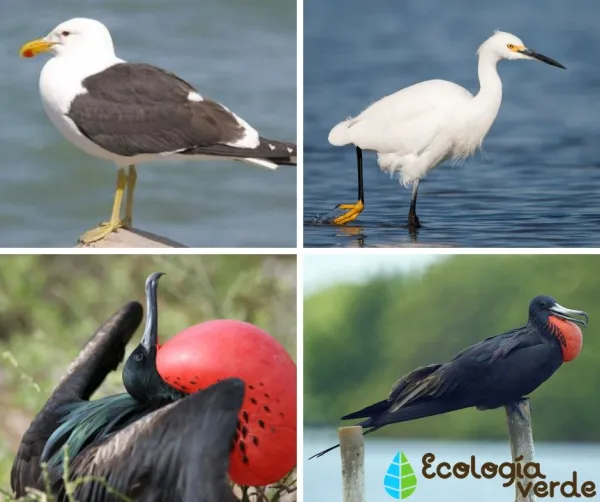
Notes for readers: The coast’s exceptional wildlife stems from cold upwelled, nutrient-rich waters that trigger plankton booms → schooling fish → predators. Many listed species are resident; others appear seasonally during migration or breeding.
Bibliography
Salzwedel, H. & Landa, A. (1997). Resources and dynamics of the Peruvian upwelling ecosystem. Peruvian Institute of the Sea.
Schulenberg, T. et al. (2008). Birds of Peru. Princeton University Press.
Arias-Screiber, M. & Rivas, C. (1998). Distribution, size, and structure of sea lion (Arctocephalus australis and Otaria byronia) populations on the Peruvian coast. IMARPE digital repository, pp. 17–32.
animal tags: peruvian animals
We created this article in conjunction with AI technology, then made sure it was fact-checked and edited by a Animals Top editor.